 Guianan Warbling-Antbird (Hypocnemis cantator)
Guianan Warbling-Antbird (Hypocnemis cantator)
 Guianan Warbling-Antbird (Hypocnemis cantator)
Guianan Warbling-Antbird (Hypocnemis cantator) |
 |
| Pictures (click on them to enlarge) | ||
|---|---|---|
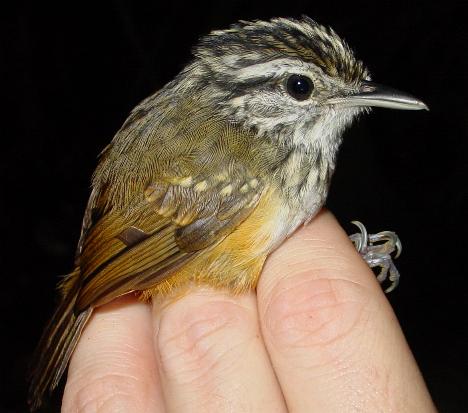 © Brian O'Shea | 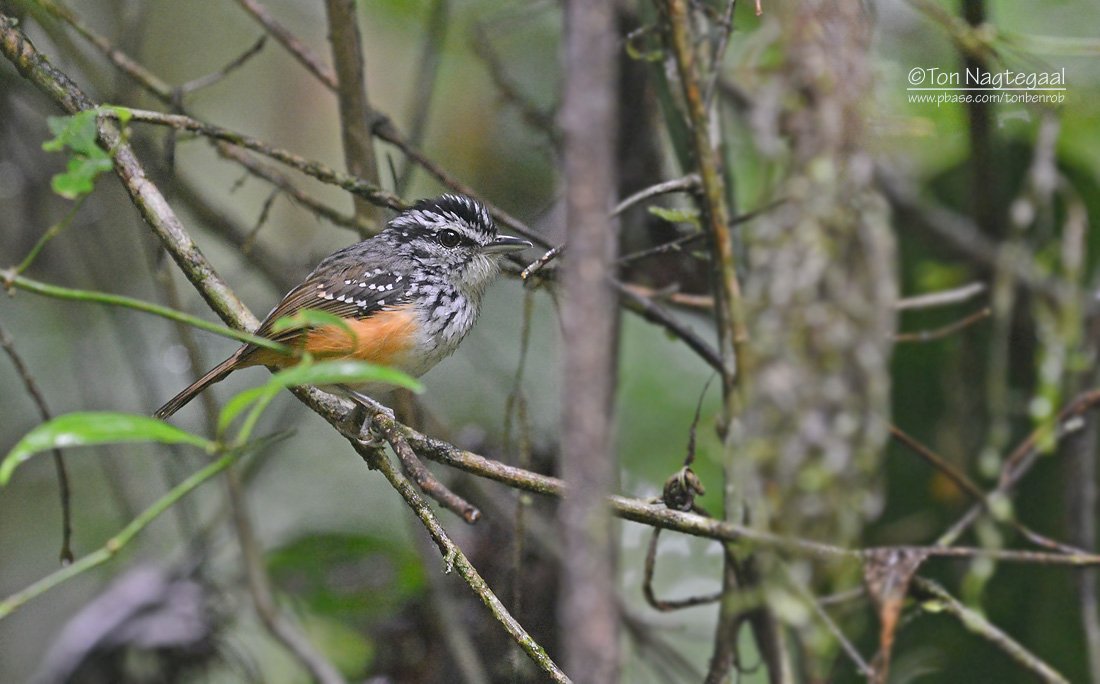 © Ton Nagtegaal | 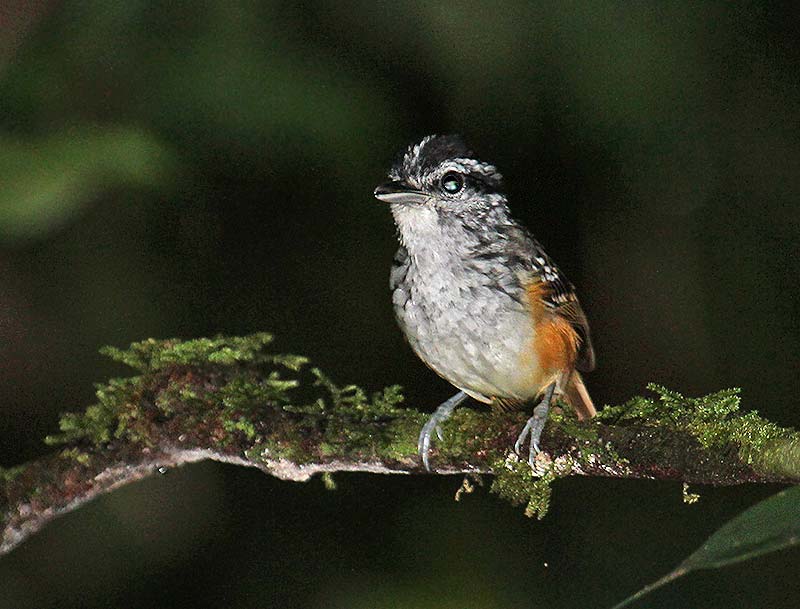 © Martin Reid |
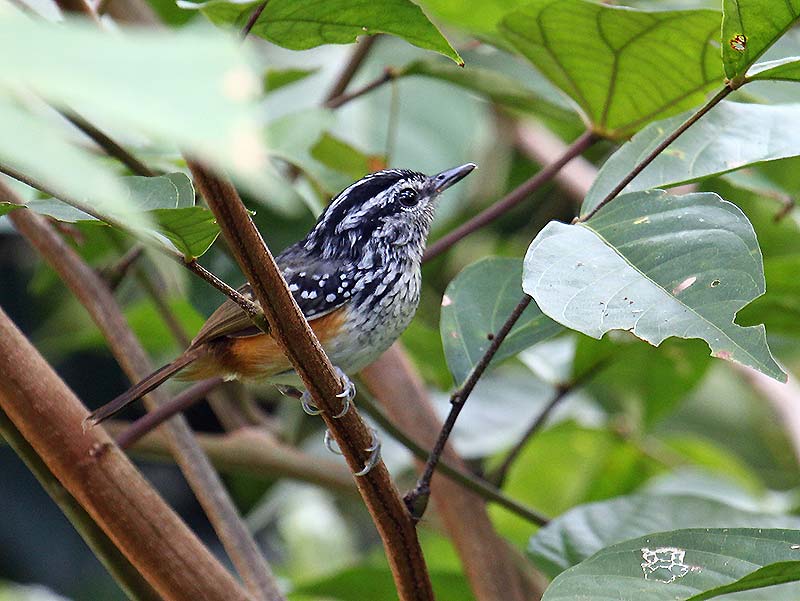 © Martin Reid | 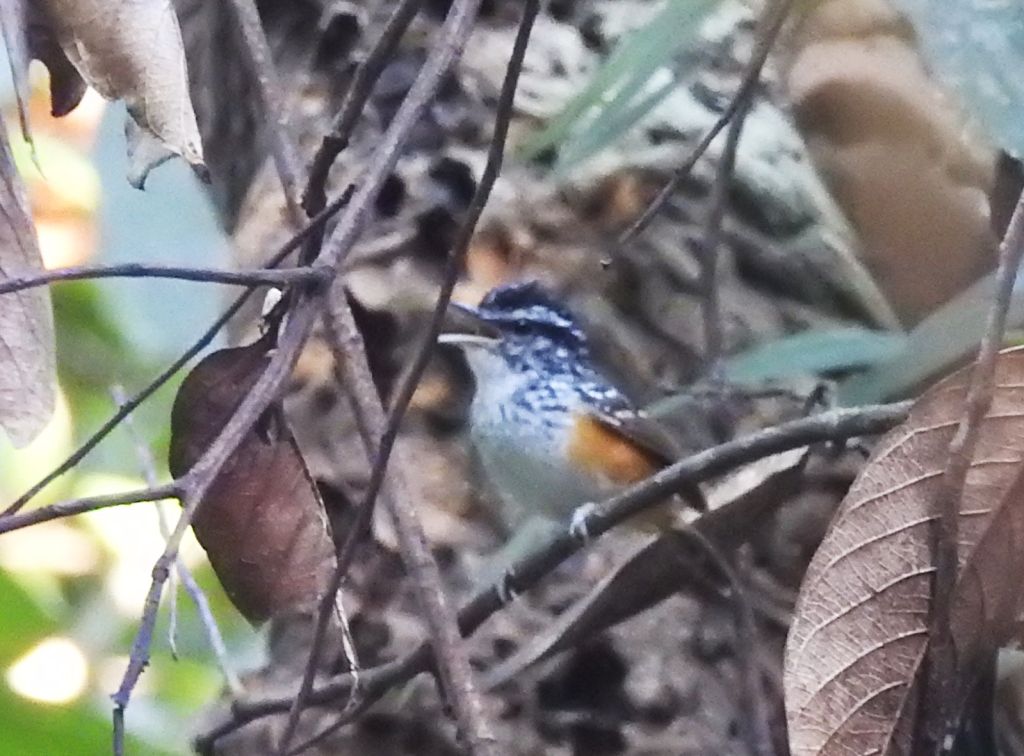 © Ton Plug | 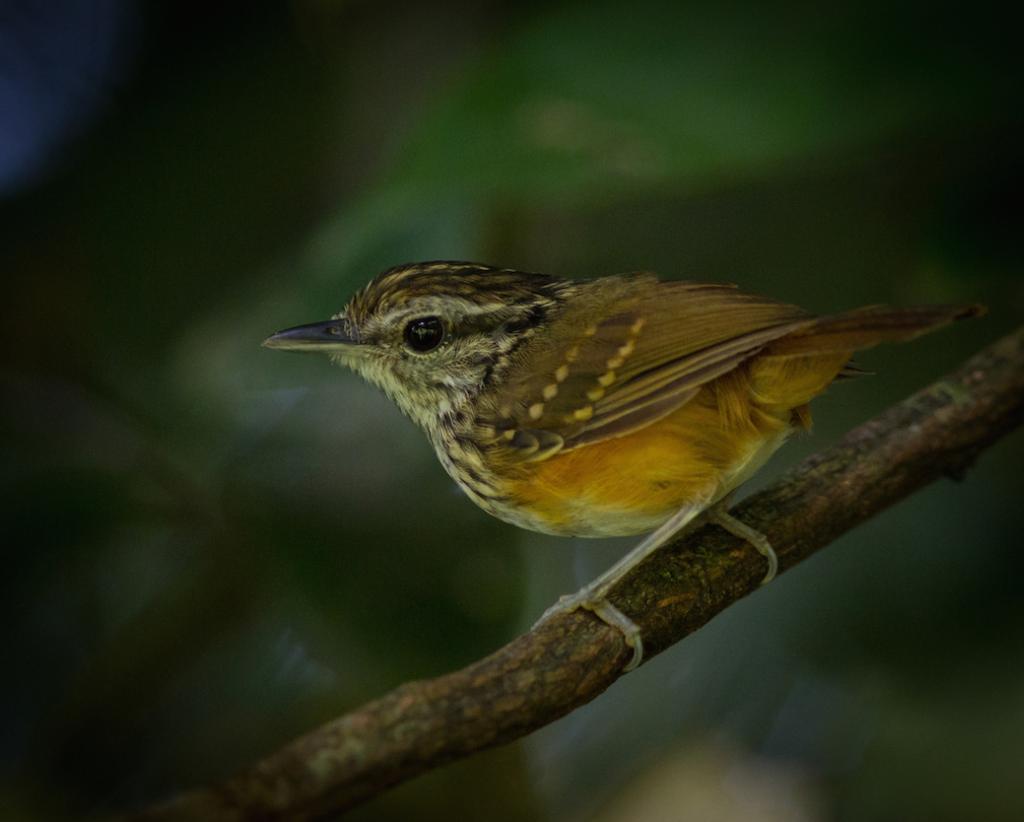 French Guiana © Matthias Fernandez |
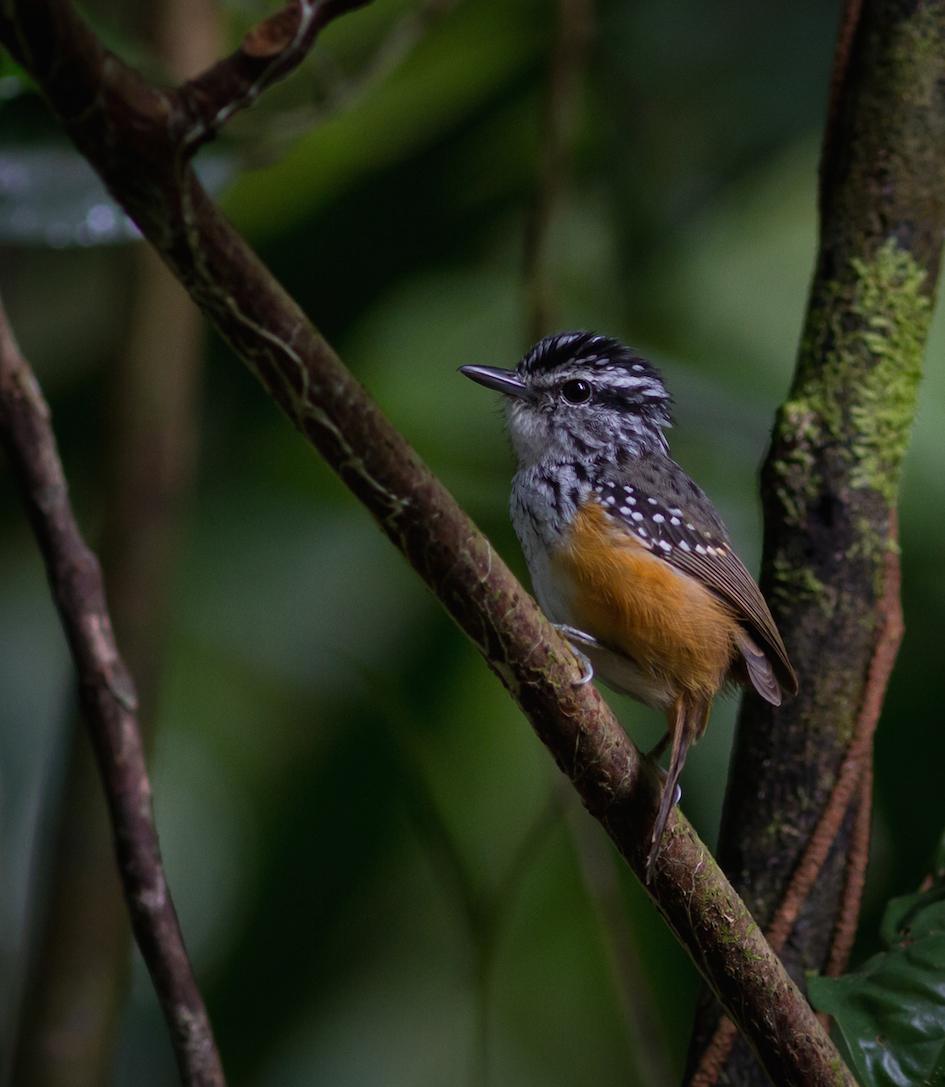 French Guiana © Matthias Fernandez |
| Guianan Warbling-Antbird: This bird is often heard singing in the rainforest, as its name indicates in different languages. The song of the Warbling Antbird was recorded by Alexandre Renaudier in Mana, French Guiana, near the border with Suriname. The photo of a Warbling antbird was made by Brian O'Shea in the Raleigh Falls nature reserve in 2002. |
| Birdsounds (click on them to listen) | ||
|---|---|---|
| Sound recording of a Guianan Warbling-Antbird © Alexandre Renaudier |
|
|
||||||||||||||||||||||||||||||||||||||||||||
| Observations through the year | Observations of breeding through the year |
|---|---|
| The 549 reported observations of this bird in Suriname, mainly for the last 50 years up to 2018, have been grouped by month. More birds on one day are counted as one observation. Of course, if the graph should depict the total number of birds seen, the differences between the months could be much more pronounced. | The 3 reported breeding observations of this bird in Suriname. Most observations are about nest with eggs, some about fledglings, or feeding at a nest or the building of a nest. Of the about 5000 nests and eggs found for all species together, about 1/3 comes from the egg collection of Penard between 1896 and 1905. For some reason most collecting then was done in the first half of each year, so the shown distribution does not necessarily reflect the actual breeding preferences. The main dry season in Suriname is reckoned to be from half August to the end of November, the main wet season from half April to half August, but the the timing of begin and end does vary from year to year. Around March a second dry season often occurs. |